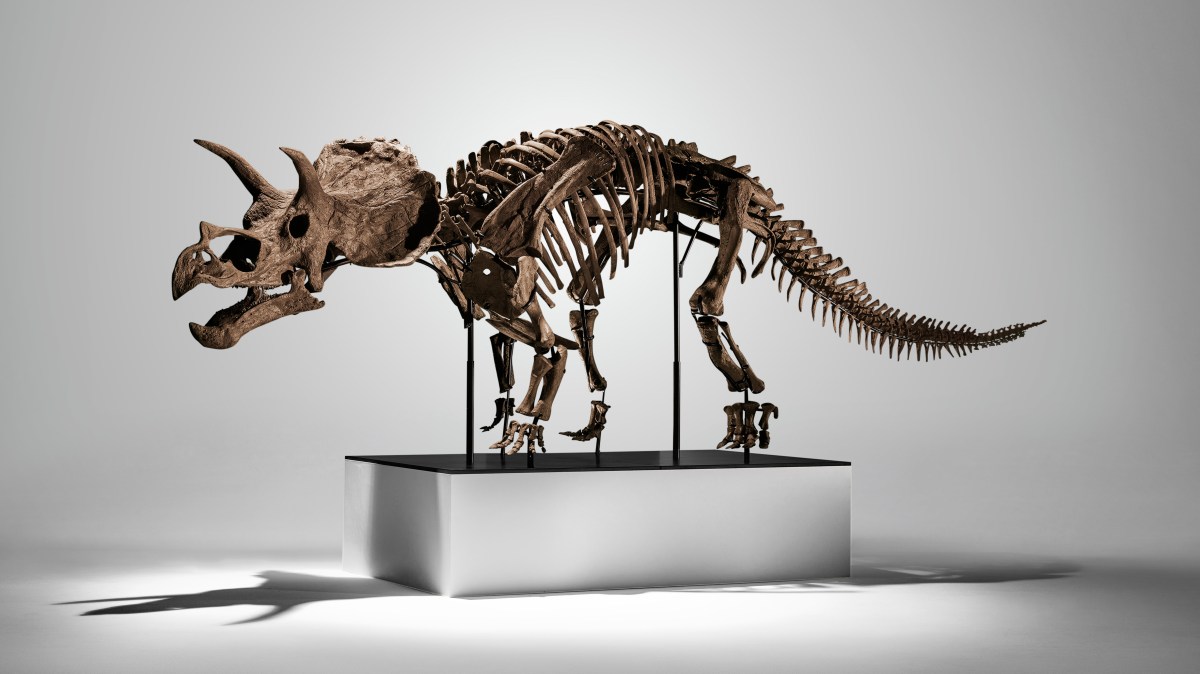If the word thunderbolt conjures up images of the celestial weapons forged by the Cyclopes for Zeus to hurl at the Titans to gain omnipotence, you may be surprised to hear that it will shortly be possible to bid for one.
On the evening of November…

If the word thunderbolt conjures up images of the celestial weapons forged by the Cyclopes for Zeus to hurl at the Titans to gain omnipotence, you may be surprised to hear that it will shortly be possible to bid for one.
On the evening of November…